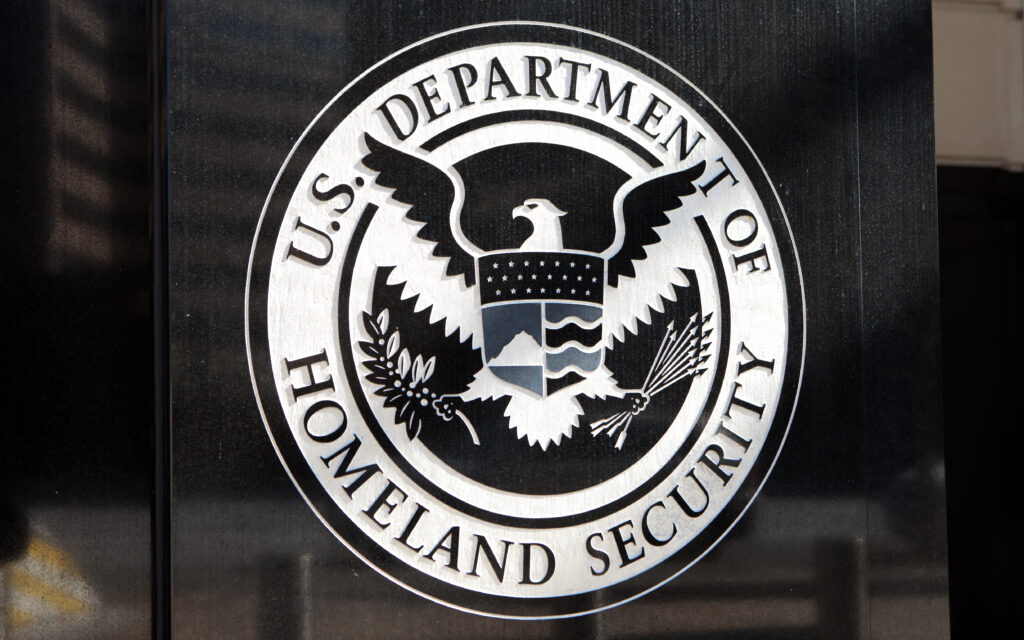If you go to the National Dialogue on the Quadrennial Homeland Security Review (QHSR) website and click through to the Smart and Tough Enforcement of Immigration Laws section, you will find a bit of surprise. Despite a title that panders to the enforcement first crowd, implying that immigration policy is all about being “tough,” there is actually a remarkably thoughtful effort to capture a broader set of immigration policy goals. Take a look at the mission statement:
A secure, unified, fair, adaptive, and responsive immigration system that protects the public, enriches our society, and improves our economy.
Not what I expected. And the goals aren’t bad either. Unfortunately, there aren’t many comments from the public, nor will you see mine due to DHS website difficulties and repeated error statements, which is hopefully not a harbinger of internal processes to come. Just the same, I thought I would share my answers here and encourage others to participate in the next round—which begins at the end of the month.
Question: Is this the right mission statement?
It’s a good start, although it reflects a hunger for grappling with immigration in a way that DHS has never conceived of before. The mission statement also reflects a vision that may be beyond what DHS is capable of doing. Immigration policy should be about fostering economic growth and building a more diverse society, but the question really is whether DHS is equipped to do that? Can DHS have a mission that seems so contrary to the notion of “smart and tough enforcement of immigration laws?” Can the QHSR team place those kinds of ideas within an institution that seems inherently focused on immigration enforcement as a mechanism of control rather than growth? While it’s an idea deserving of applause, it also speaks to a much deeper problem of positioning DHS as the locus of immigration policy in this nation.
Question: Are these the right goals?
Goal 1: Efficient and fair delivery of benefits and services—this is obviously a huge priority, although giving these services to “the right person at the right time” is a hold-over from the Bush administration USCIS goal statements. To talk about the “right person at the right time” seems like a way to hide behind processing backlogs and FBI name check delays—a version of “all in good time, children.” Dump that language and focus efforts on improving and updating services.
Goal 2: Making E-verify work and increasing pressure on bad employers. This goal assumes that E-verify is the best way to get this done—an assumption that many organizations, including IPC, have repeatedly challenged. To the degree that E-verify is the system of choice, focus on cleaning up databases, protecting confidentiality and due process, and making sure E-verify is a system that really is easy and fair for all. With regard to pressing employers who hire unauthorized workers, make sure it’s done in a way that again doesn’t unnecessarily harm workers.
Goal 3: Focusing on the bad guys and treating all people in custody with respect—YES!
Goal 4: Encourage legal immigration (HOW do you do that?) and support integration—another YES. Missing from these goals, however, is creating an environment as an entire agency where comprehensive immigration reform will work.
But, QHSR team, you didn’t ask the bigger question—will these goals change who you are as an agency? In the next round of reviews, DHS should ask questions like: What does DHS have to do in the next four years to prove that it can administer immigration policy in a fair and just way? How do we restore trust and transparency? What will it take to make the system work? In other words, when does the real dialogue start?
FILED UNDER: Department of Homeland Security, enforcement, Immigration Raids, undocumented immigration


